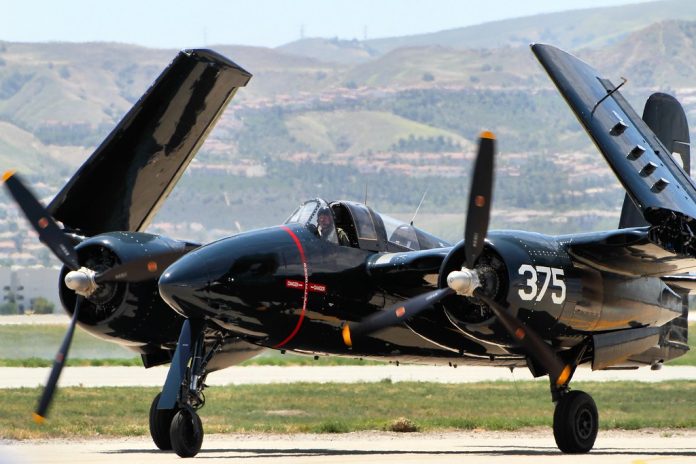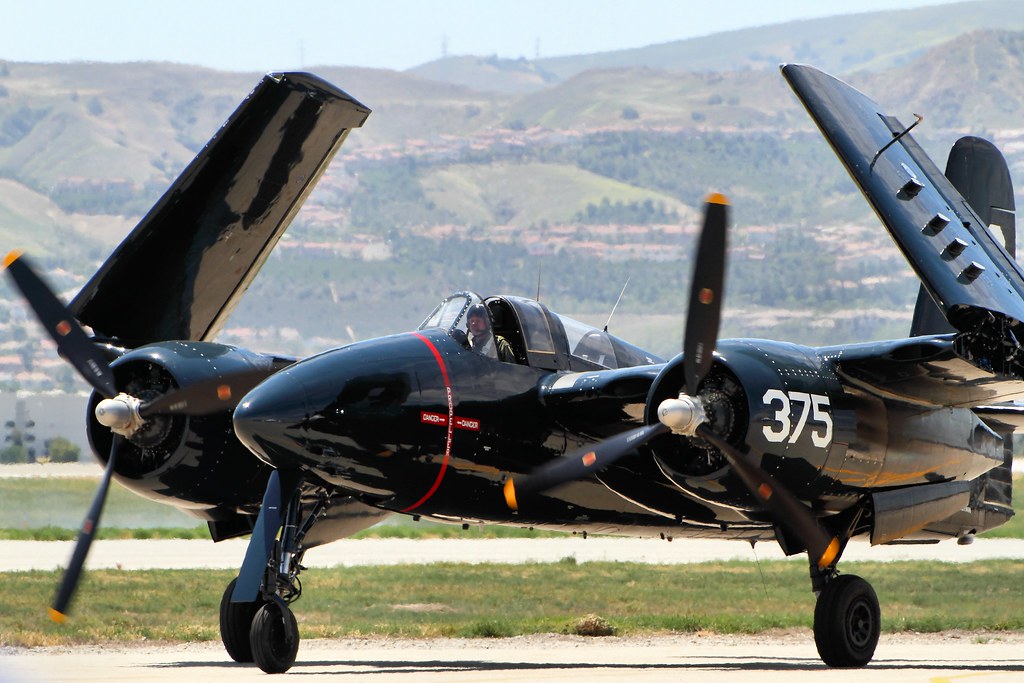
The Grumman F7F Tigercat, a remarkable yet often overlooked piece of aviation history, missed its chance to impact World War II but left its mark on the Korean War and beyond.
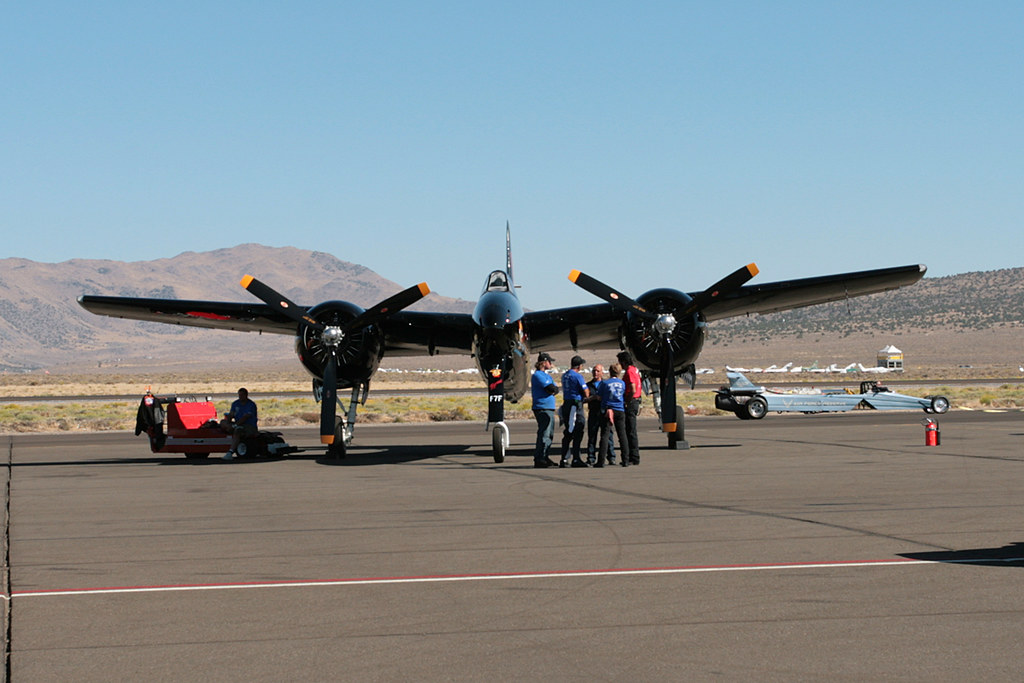
Commissioned in 1941, the Navy’s Grumman F7F Tigercat was a symbol of American ingenuity, designed with the ambition to dominate the skies from the decks of Midway-class carriers. The Tigercat was unprecedented in size, firepower, and technology.
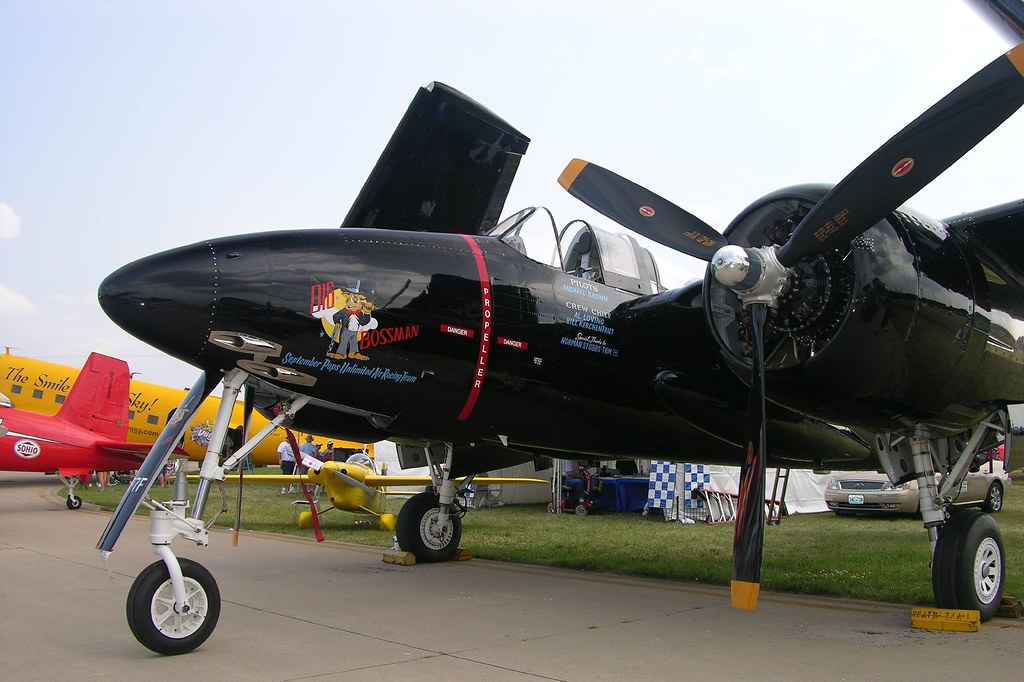
The first flight of the Tigercat took place on November 2, 1943. Sporting two Pratt & Whitney R-2800 Double Wasp radial engines, the Tigercat boasted a top speed of 435 mph and a service ceiling of 40,700 ft.

This power put it among the fastest propeller-driven fighters of the era. Despite being Grumman’s second attempt at a twin-engine fighter, the Tigercat was the first of its kind to incorporate tricycle landing gear, a feature that would become standard in aircraft design.

The F7F was designed in both single-seat and two-seat variants. The former, intended for daylight operations, came heavily armed with four 20mm cannons and four .50 caliber machine guns, along with the capability to carry two 1,000 lb bombs or a torpedo.
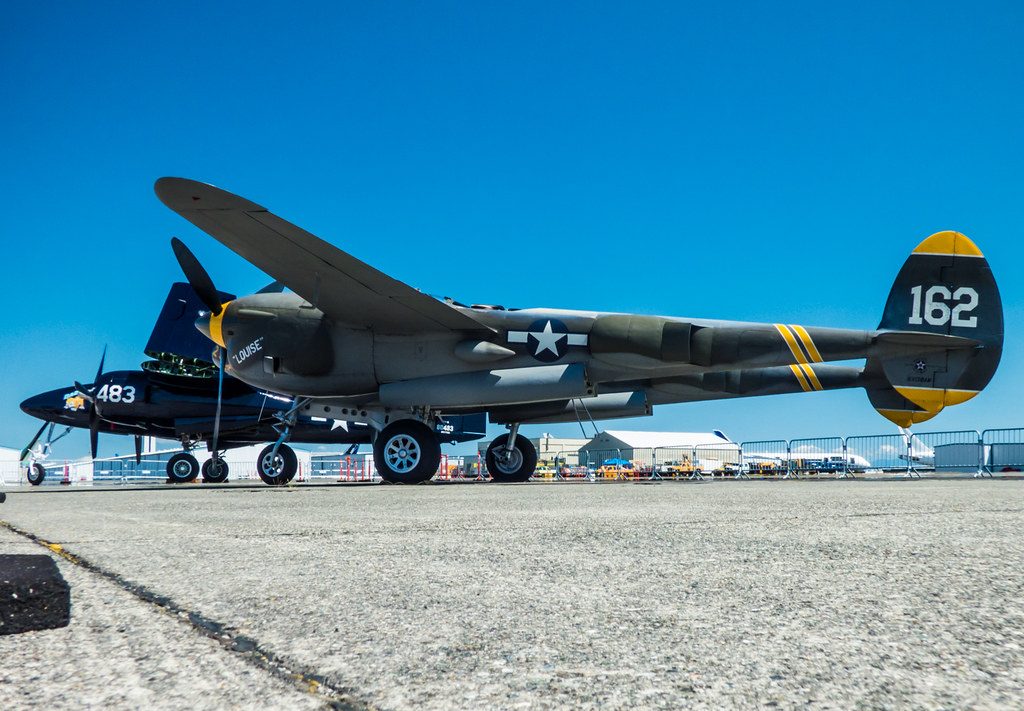
The night-fighter variant, in contrast, featured advanced radar technology in place of the nose guns, enabling it to excel in nocturnal missions.
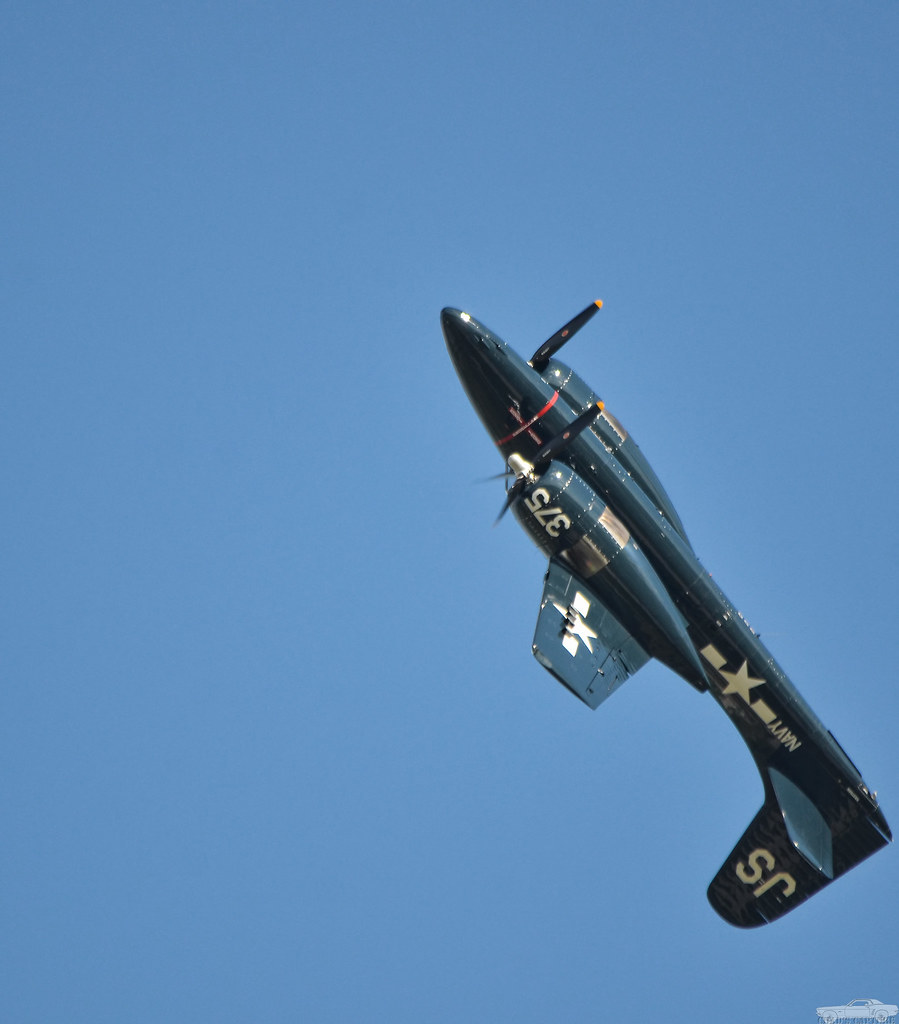
However, with the war ending just as the Tigercat was ready to make its combat debut, the aircraft transitioned to a role outside of World War II. The Tigercat squadron set for Okinawa arrived the very day the war ended, missing the conflict entirely.
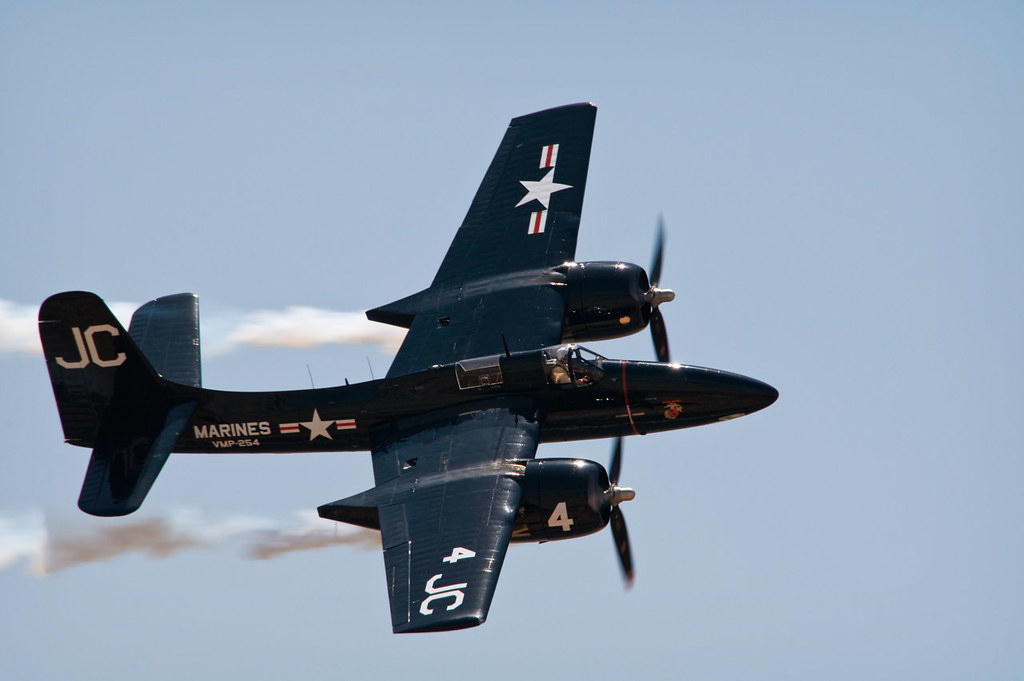
But the aircraft did not fade into obscurity; it proved its mettle in the Korean War as night fighters and strike aircraft, despite being overshadowed by the arrival of jet-propelled fighters.
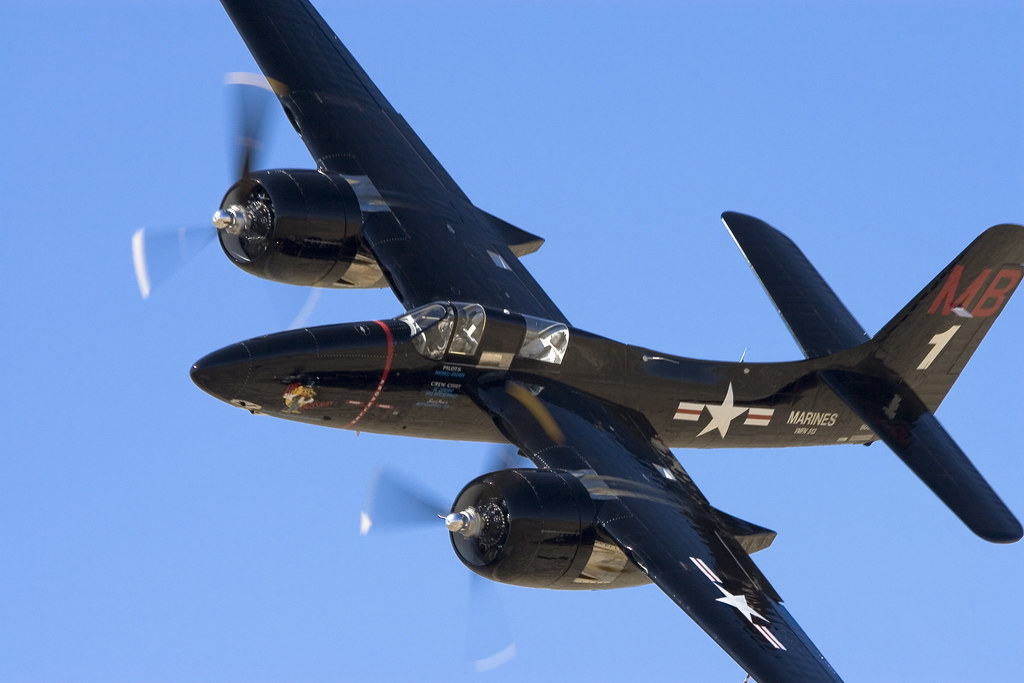
The post-war period saw the Tigercat take on versatile roles, including electronic and photo reconnaissance. These roles were vital during the Korean War, where it provided invaluable support for allied forces.
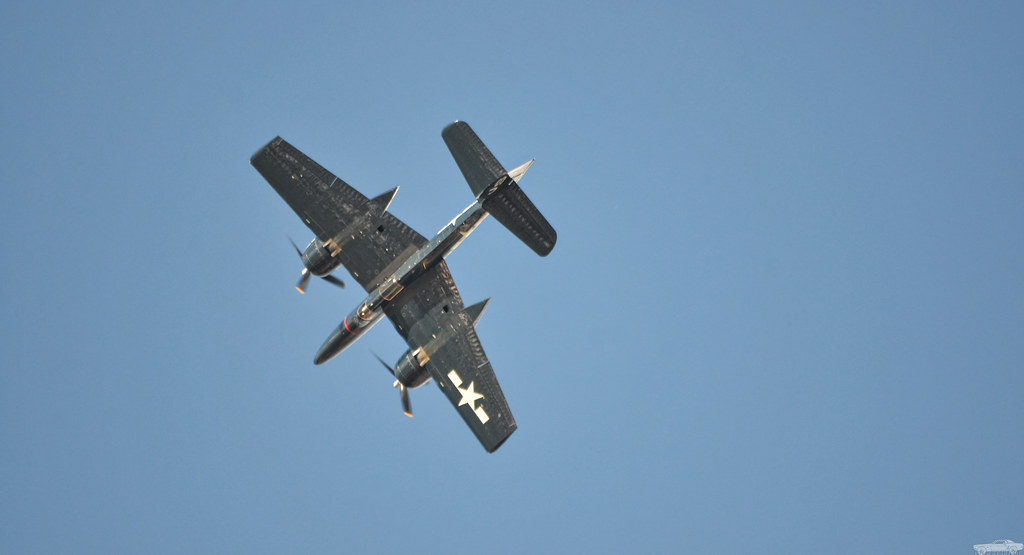
As technology advanced, the F7F’s operational life was cut short, but not before it had become a linchpin in the early stages of the conflict, exemplified by the Marine Corps Night Fighter Squadron VMF(N)-513, known as the “Flying Nightmares,” who managed to shoot down two North Korean Po-2 Polikarpov biplanes.
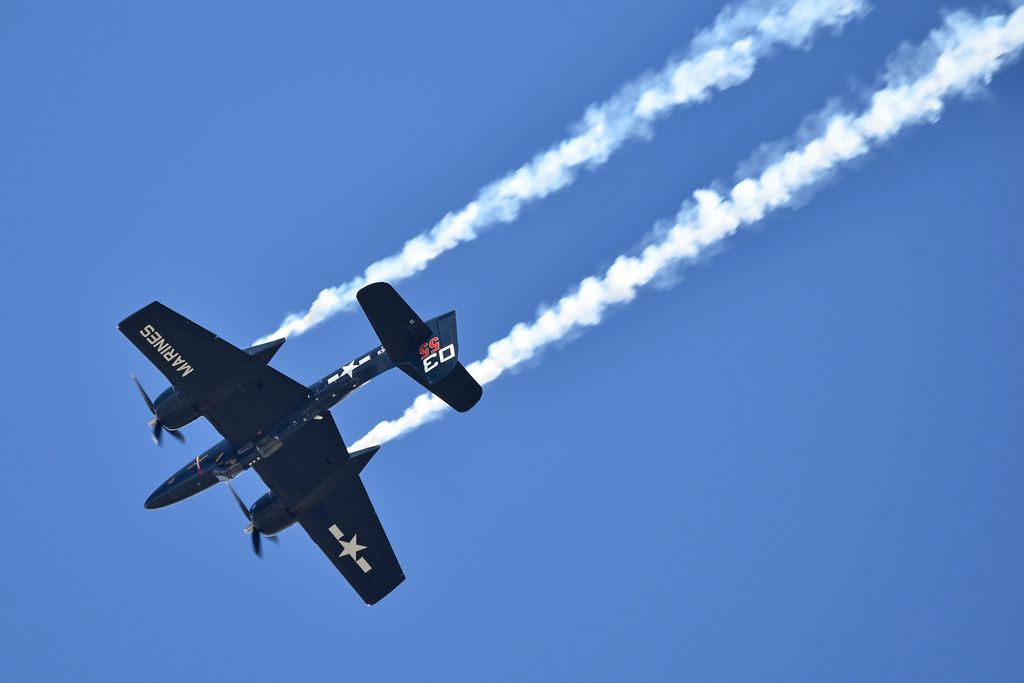
After military service, the Tigercat continued to serve society. Several Tigercats were repurposed as fire bombers, fitted with belly tanks for dispensing fire retardant.
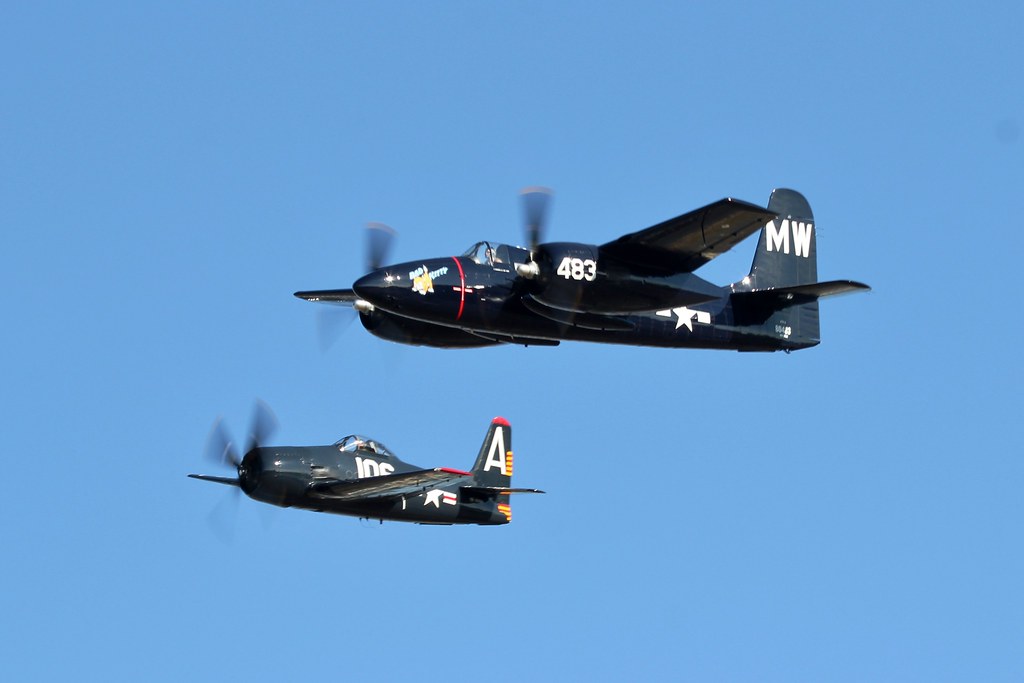
They became a vital tool in combating wildfires, with the last water bomber Tigercat being retired in the late 1980s by Sis-Q Flying Services in California.
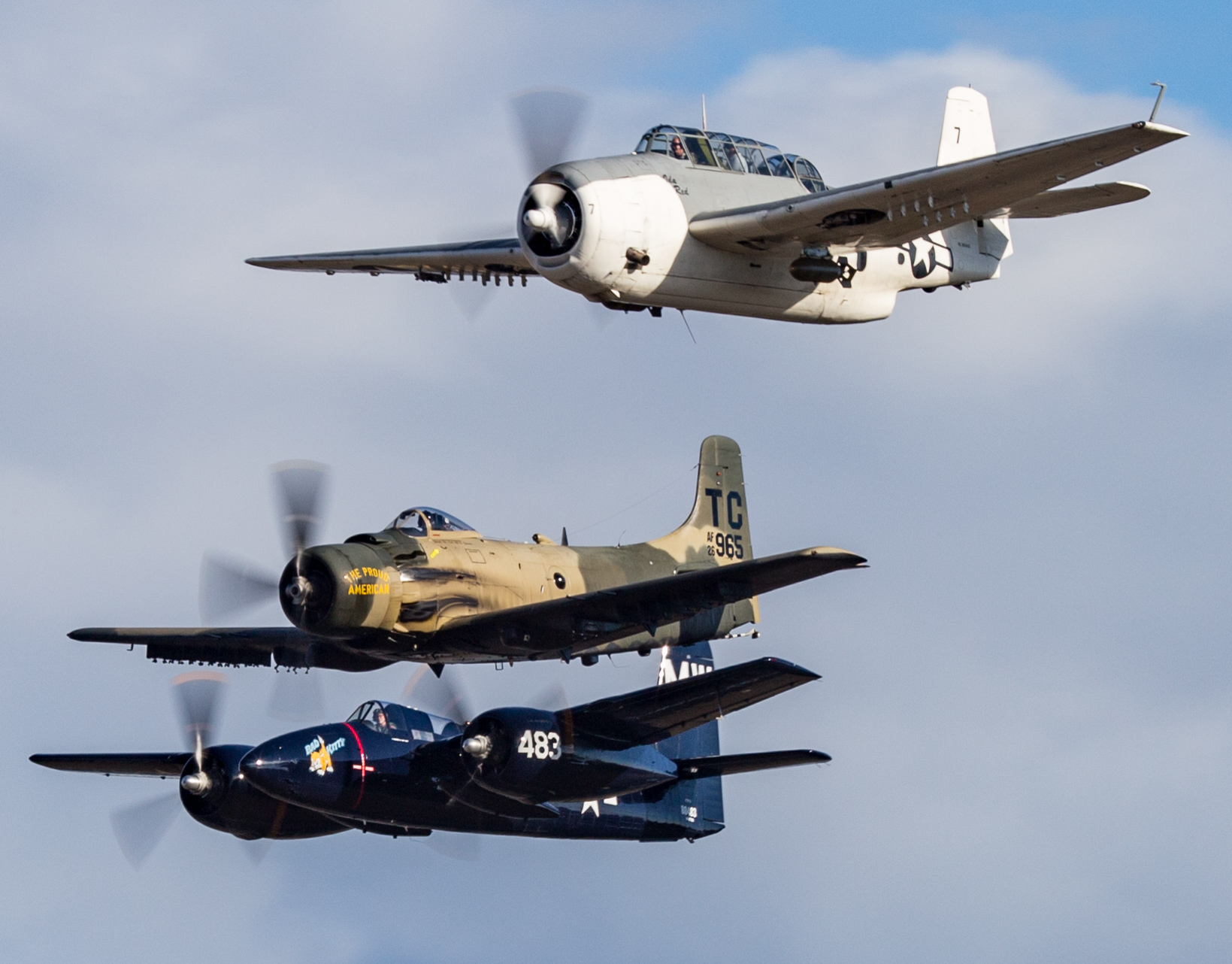
While its combat experience was limited, the F7F’s legacy endured. Today, there are several airworthy F7F Tigercats, preserved as a testament to a transitional era in aviation technology, when propellers gave way to jet engines, and the old ways of air combat were supplanted by new strategies and capabilities.
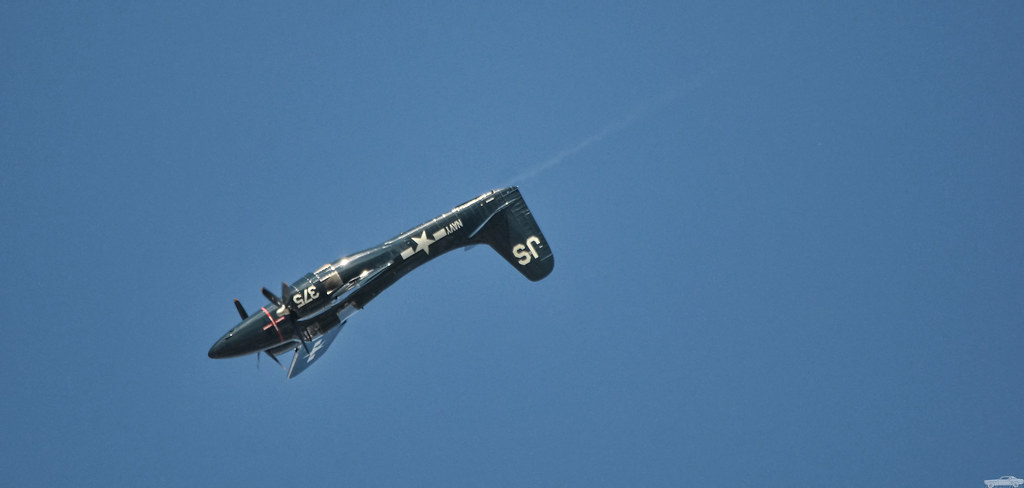
The Tigercat’s story is one of a fighter built for a war it never fought, an aircraft that came too late and was replaced too soon.

Yet, it represents an important chapter in naval aviation history—a leap in design that set the stage for the fighters of tomorrow and a reminder of the relentless pace of technological innovation in times of conflict.
Relevant articles:
– Grumman F7F-3N ‘Tigercat’, Planes of Fame Air Museum
– F7F Tigercat, United States Navy (.mil)
– All About The Grumman F7F Tigercat, SlashGear
– 10 Uncommon Facts About The Grumman F7F Tigercat, Century of Flight
